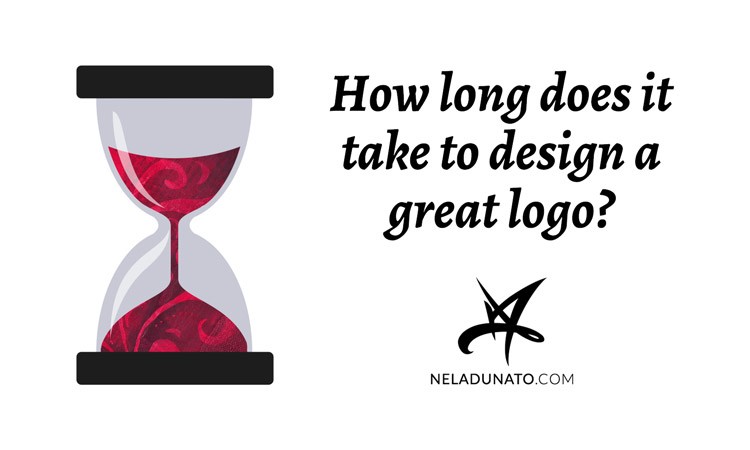The question “How Long Does It Take To Learn Logo Design” often gets the frustrating answer, “it depends.” This article breaks down those dependencies, exploring the factors influencing logo design timelines and offering insights into varying design processes.
Many aspiring designers mistakenly believe that drawing is the most crucial aspect of logo design. However, research and conceptualization are the most time-intensive and valuable components. Anyone can draw a basic shape, but understanding its symbolic relevance to a business and ensuring its uniqueness requires expertise.
Logo Design: Speed vs. Depth
The time it takes to design a logo depends heavily on the depth of meaning and the designer’s approach.
Fast and Furious Logo Design
Some designers prioritize speed, completing logos in a matter of days or even hours. This approach often involves:
- Minimal client communication and research.
- Rapid sketching and vector rendering.
- Presenting a limited number of concepts.
- Quick revisions and finalization.
This method allows for high volume but often results in logos relying on obvious, literal symbolism representing surface-level features or benefits. While suitable for businesses with limited budgets or simple needs, this approach may not offer strong differentiation in competitive markets.
Slow and Thorough Logo Design
A more strategic approach involves:
- In-depth client interviews and market research.
- Brand strategy development and mood board creation.
- Extensive sketching and concept exploration.
- Vector rendering and application testing.
- Trademark searches and client presentations.
- Revisions, finalization, and brand guideline development.
This process typically takes several weeks, allowing for deeper exploration of brand values and resulting in unique, meaningful logos.
This comprehensive approach is essential for businesses in saturated markets seeking to establish a premium brand identity. It demands a larger investment but delivers a higher return in the long run.
The Role of the Subconscious in Logo Design
Effective logo design isn’t solely about active work. The subconscious plays a crucial role, processing information and generating ideas even during periods of rest. Allowing ample time for this subconscious processing leads to more innovative and insightful solutions. Rushing the process hinders this crucial stage, often resulting in less effective designs.
Factors Influencing Designer Approach
A designer’s preferred approach hinges on personal working style, client needs, and business goals. Designers who thrive on fast-paced projects and high volume may favor the rapid approach. Conversely, those who prioritize depth, meaning, and client collaboration gravitate towards a more thorough process.
Finding the Right Fit
Businesses must assess their branding needs and budget to determine the appropriate design approach. Designers should embrace their natural working style and establish clear expectations with clients regarding timelines and deliverables. The key is finding a balance between efficiency and depth to create logos that are both visually appealing and strategically effective. A well-defined process, regardless of speed, is crucial for achieving design excellence.


